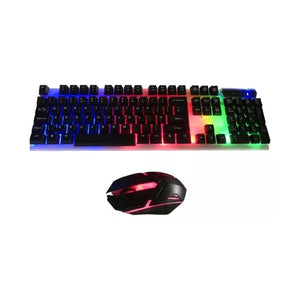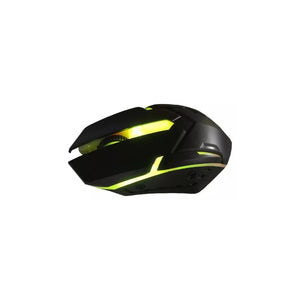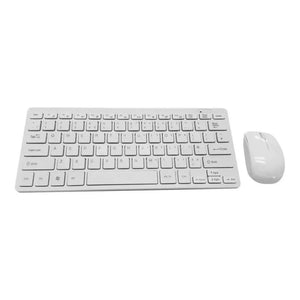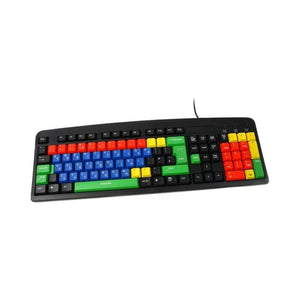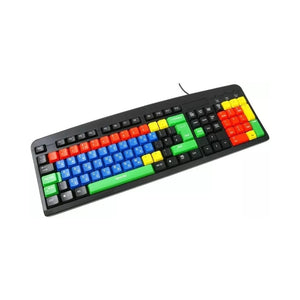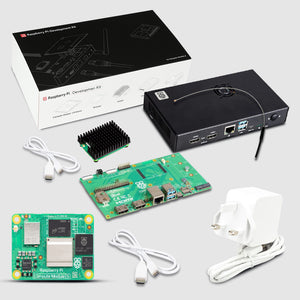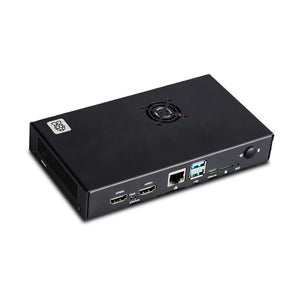The motor driver or motor controller for micro-bit connects the microcontroller to run the system. The selection of the type of motor driver for micro:bit depends upon the type of motor and control. Our motor driver developed to drive two DC motors with three servo motors. Motors are the most commonly used actuator in a machine to run the system in a better manner. It needs a microcontroller or processor to run the motor in a controlled manner.
Features
- micro:bit edge connector, directly pluggable
- Onboard connectors for two DC motors and three Servo motors
- 5V regulator supports 5V~12V input (VIN terminal). Output current up to 3A
- Onboard connectors for DC motor and Servo motor.
- Comes with developing resources and manual
Description
- Power Input range: 5V~12V (VIN terminal)
- Logic voltage: 3.3V
- Output voltage: 5V
- Driver: TB6612FNG
- Dimension: 65mm x 41mm
- Holes size: 2.0 mm
Pinouts and connectors
- PIN/CON Description
- VIN Power (5~12V)
- GND Ground
- MA1 Positive pole of motor A
- MA2 Negative pole of motor A
- MB1 Positive pole of motor B
- MB2 Negative pole of motor B
- P0 Control pin P0 of Servo 1
- P1 Control pin P1 of Servo 2
- P2 Control pin P2 of Servo 3
What is the difference between the DC, Servo motor, and Stepper motor?
It becomes tough also for the tech-enthusiasts to select the motors for their project. There are a few basic things one should understand about the motors to enhance the quality of their selection.
- DC motor - As per the name suggests DC motor runs on the direct current and it converts it directly into mechanical work. It is a two-wire (ground and power) continuous rotation motor that will start spinning until the power is removed by anyone. DC motors rotate freely rapidly which makes it appear to be continuously spinning with no stuttering.
- Servo motor - Servo motor is a DC motor that is generally attached with a control circuit, a gearing set, and a position sensor. One can control the position of the Servo motor in a better way than the DC motor. It usually has three-wire( power, ground, and control) which is designed to perform specific tasks. It does not rotate freely like standard DC motors instead of it the angle of rotation is limited to 180 degrees ( back and forth)
- Stepper motor - Stepper motor makes use of a different method of motorisation than the servo motor. It is also a server motor that works on the multiple toothed electromagnets that are arranged around the central gear. This assembly requires an external microcontroller to energise each electromagnet individually to turn the motor shaft. It is available in two types unipolar and bipolar, in which bipolar is stronger than unipolar.
Guide of programming
The manufacturing company officially recommends using two programming methods that are TypeScript and Micro-python. A user can also program the micro:bit board by various programming methods as per their suitability. There is an abundance of online code websites in which a user can look for programming the micro:bit.


